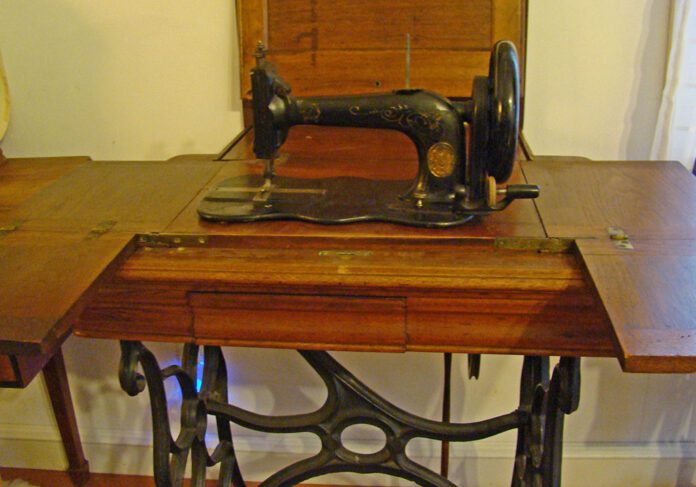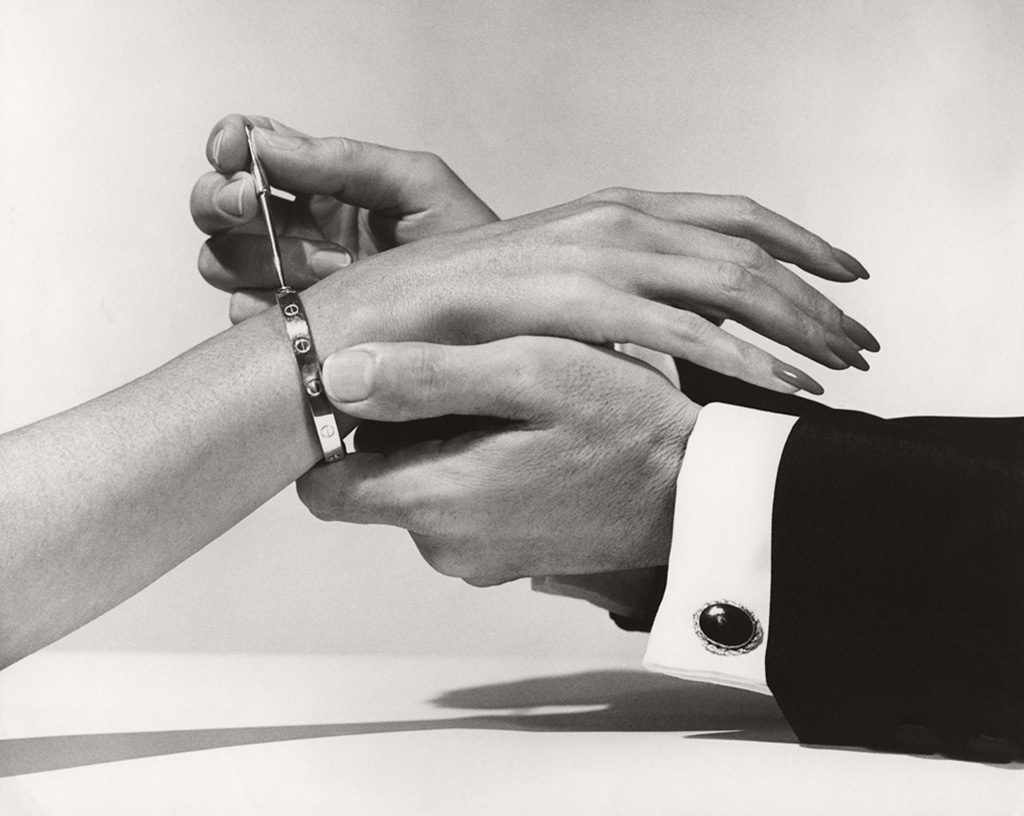Singer ‘s New Family treadle sewing machine is one of the most iconic models ever produced in the vast market of sewing tools. It was first introduced in 1851, making it a huge commercial success for the company.
Machines of that kind were among the few tools available to families for sewing clothes, linens and everyday objects. Due to their affordability and practicality, they quickly became indispensable for both domestic and professional use.
They had a robust and durable design, were reliable and functional and had the ability to sew different types of fabric. All these features enabled Singer to place its products among the most popular machines in the world.
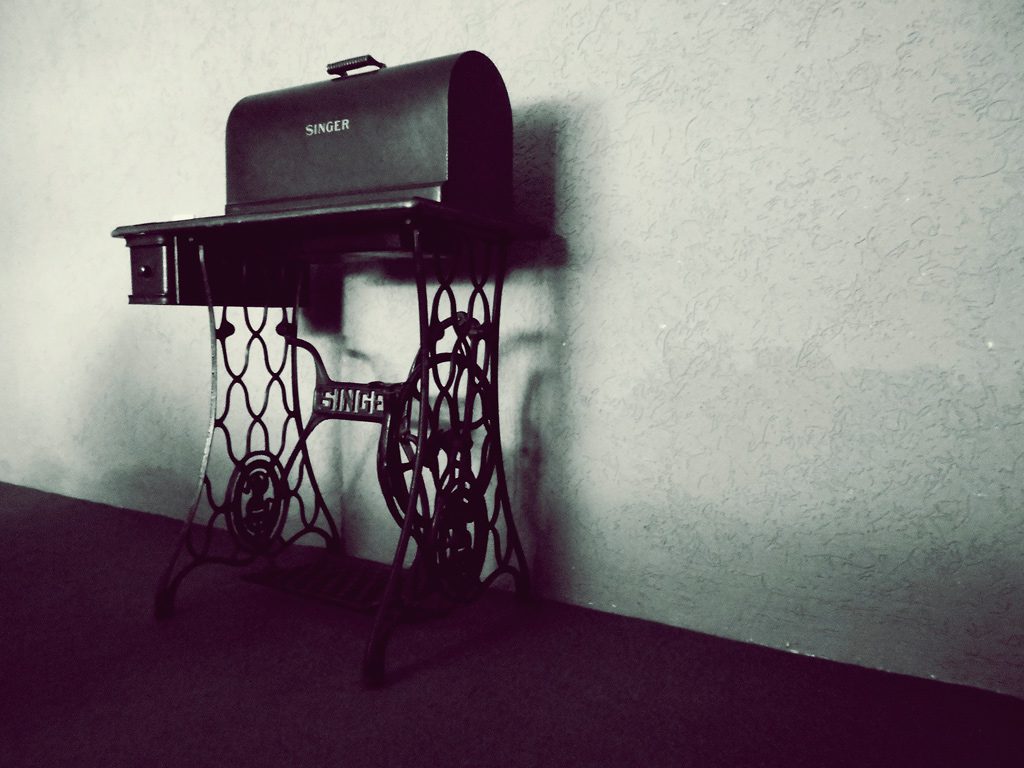
The structural elements
The “New Family” sewing machines have several elements.
The base is a solid structure on which the machine body and the tworking table. There is a drawer for storing bobbins of thread, spare needles and other accessories. The handwheel is the knob that allows the needle to be raised and lowered manually.
The pedal is actuated by the operator’s foot and triggers the movement that performs the stitching, also adjusting the speed. The rhand wheel is an alternative option to the foot pedal and manually advances the needle and fabric; it was particularly useful for precision operations.
Nver the years, different versions and variants of this machine have been produced, with constantly changing specifications and features.
Diffusion of the Singer New Family in the working world
The spread of this model increased work in the tailoring sector, laying the foundations for the industrialisation of garment making. Sewing machines spread through parallel segments: home education, tailoring (in handicrafts) and, indeed, industrial production.
Domestic education meant owning and using a sewing machine to readapt, recover and repair many of the damaged garments in one’s wardrobe.
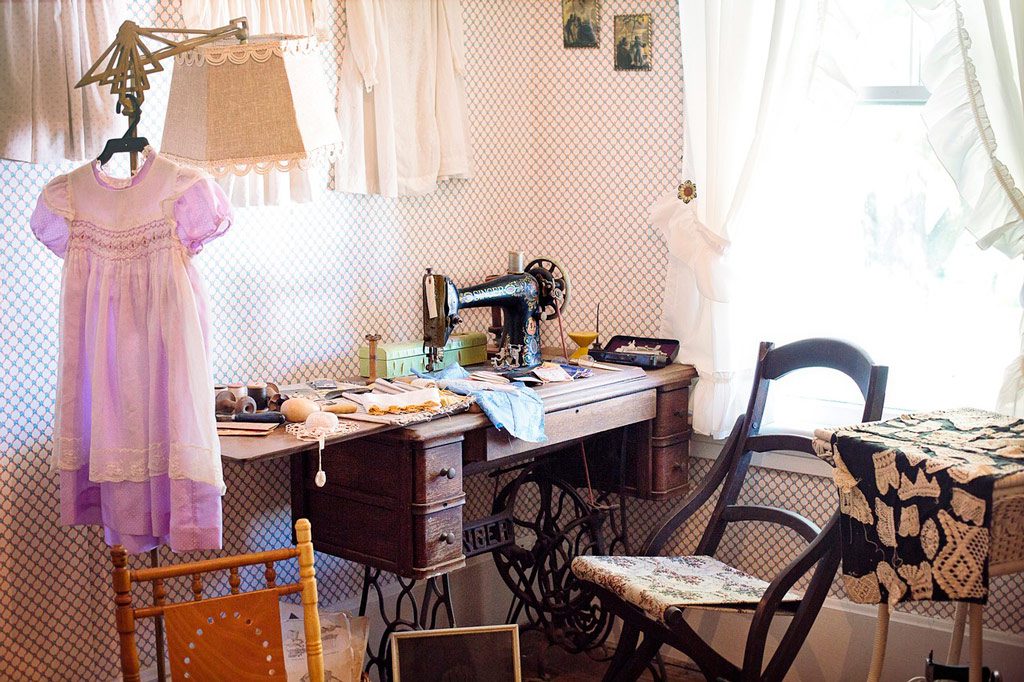
Often the person in charge of this activity was a woman, who restored garments, mending them, replacing buttons and damaged zips. The most classic example of this type of work was related to shirts: the collars and cuffs were changed once worn, rather than replacing the garment.
It also became a way of supplementing one’s income, working for those who could not sew or for wealthy customers who required made-to-measure clothes. Often seamstresses were also called upon to readapt wedding dresses or evening gowns for special occasions, sometimes completely transforming them.
New design object
With the advent of electric sewing machines, foot-operated machines were gradually replaced. Recently, however, there has been a growing interest in ‘upcycling’upcycling and creative recycling that has led many people to reuse old tools as design objects in innovative ways.
This practice is particularly popular among interior design enthusiasts who, after ‘reinventing’ them, use the machines as a decorative element in private and public spaces, creating a pre-industrial, vintage atmosphere.
The iron machine frame can become the base of a coffee table with a glass top. The legs are often used as the base for a chair seat , where the backrest is made from the upper portion of the frame.
Parts such as the flyer and spool can be reused to create original lamps. The drawer is often used to create compartments or decorative boxes. Again, the hand wheel can become the face of a clock with needles for hands.
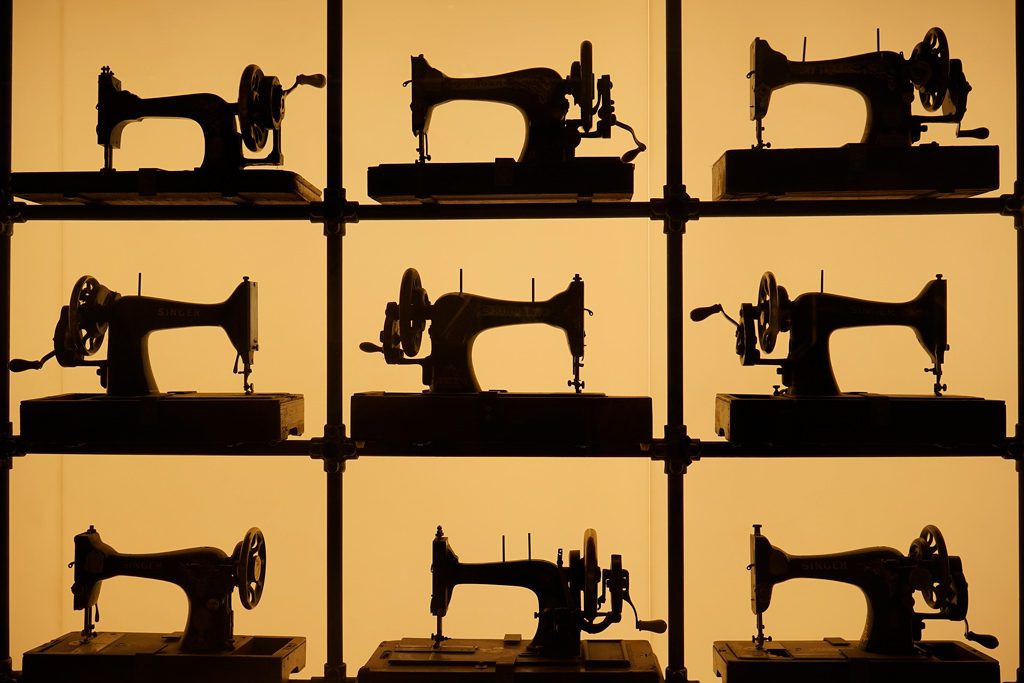
New Families still have a market and are very popular; many people like to restore them and get them up and running again; it requires a bit of skill and some technical expertise, but it can be very rewarding.
In developing countries, where access to electric sewing machines is limited, they are an affordable and sustainablealternative for people who want to start a sewing business or work in the sector.
Conclusion
New Family treadle sewing machines have played an important role in the daily lives of families and are now being reborn as design objects or alternative working tools, renewing the iconic mood that has revolved around them for so long.
Leonardo Vignoli
@Stiledesign. Reproduction reserved
You might also be interested in:


